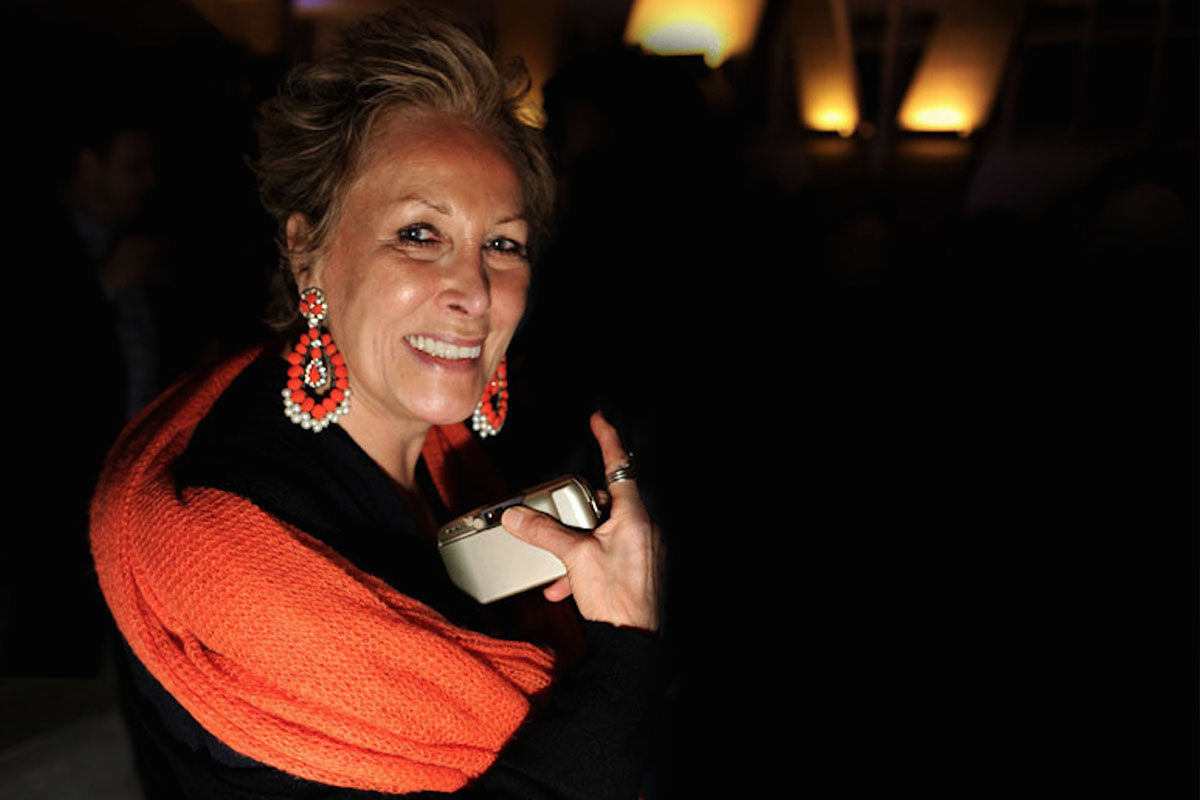
Iran Issa-Khan
Born in Tehran, Iran Issa-Khan moved to New York in the 1970’s, and became one of the world’s most celebrated fashion photographers and a favourite of celebrities and political figures during the following two decades. Here, Iran speaks to her friend and LUX’s Chief Contributing Editor, Maryam Eisler, about widening her focus from the beauty of the human form to exploring the majestic scale of the natural world. The artist now resides in Miami where she has been working on her Nature series for the past twenty years.
Maryam Eisler: What occupies your mind these days, Iran, creatively speaking?
Iran Issa-Khan: Well, I am working on my book which is going to be about fifty years of fashion and personalities. I am trying to get that off the ground by next year.
Maryam Eisler: You have had a fascinating career. On the one hand, people, in particular celebrities, have played a big role in your oeuvre, and on the other hand, you have had this incredibly beautiful dance with nature and its zen moments.
Iran Issa-Khan: Yes. In a way, if you look at my magazine covers and the people I have shot, nature’s beauty is always present, and I enjoy celebrating it with my lens. To me that is very important and you know, being from the Middle East, I am used to being surrounded by beauty so, this is what has carried me throughout life, in this country included [The United States].
Follow LUX on Instagram: luxthemagazine
I stopped shooting fashion, in the nineties when my make-up artist died of old age, and I moved to Miami. I left New York, and an artist friend of mine, asked me to shoot some black and whites of nature. I had never done that before, but suddenly I started looking at it with a new perspective, as if earth was opening up to me in such a new and beautiful way. I thought to myself, I have to capture it, because no human being can be that perfect. I just used my eye, my sense of aesthetics and all the lessons that I had learned while shooting fashion and people and put it all towards something that nobody had necessarily paid much attention to: a plant, a flower, even a small shell. Some of my shells are minuscule, but I blow them up to five by ten feet. So, for me, nature takes on a whole new meaning in terms of its grand beauty but also in terms of its emotive connection to me, personally. There is purity. Everything is so clean, so ordered, so pleasing to one’s eye and to one’s soul.
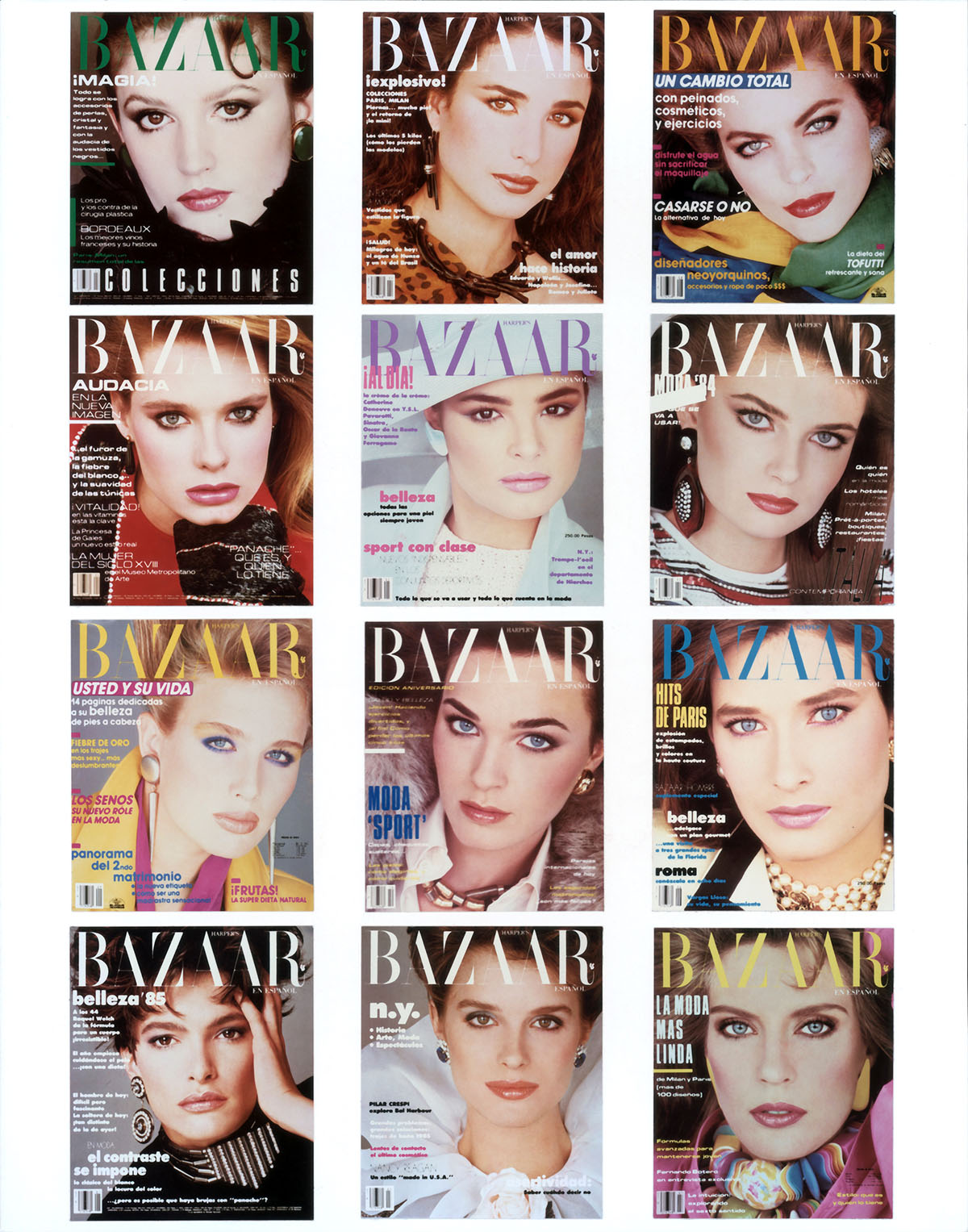
Harper’s Bazaar Covers by Iran Issa Khan
Maryam Eisler: Stepping back in time, what led you to photography in the first instance? When did your journey start?
Iran Issa -Khan: We are talking about the late seventies when we left Iran with the Shah. I hadn’t worked a day in my life and somehow a friend of mine who worked at The New York Times said “Why don’t you become a photographer?” I said, “What do I know about photography?” She said, “Well you love the arts, why don’t we get you a teacher?” So, I hired William Minor Jr, a very well-known photographer and I worked with him for a whole year and all of a sudden, I learned how to process print, and everything else about photography. I realised this was going to be the love of my life because I could capture meaningful moments and shoot them. I built it up and then I went to Harper’s Bazaar and I said “I want to do some covers for you. I am a refugee and I am stuck here and have to work” They said “Yes, but you know a lot of personalities all over the world, so why don’t you do a year of personalities and if you’re good at that, we’ll let you do covers.” And so I did personalities… Carolina Herrera, Nancy Reagan, Diane von Furstenberg, Bill Blass, Rufino Tamayo, the Ferragamo family …all the people that I knew. Somehow, because of my upbringing and the way we had travelled all of our lives, I felt comfortable walking into these homes and telling people what to do. After a year, they said “Okay, you are good enough to do covers.”
My first cover was of Paloma Picasso and she loved it. She loved the pictures so much so that she hired me to do all her ad campaigns for twenty five to thirty years. So, we did that and then in between I got all the top models. Somehow, I got there by sheer belief in myself.

Oscar de la Renta photographed by Iran Issa Khan. Courtesy of Iran Issa-Khan
Maryam Eisler: What is your most important life lesson?
Iran Issa -Khan: It is very difficult for me to explain the life we led back home in Iran. The connections we made both at home and through our travels… It was a different world; you were educated twenty-four hours a day and what I learned most importantly from my mother was to be good to those who work for you, because they can’t talk back at you. It raises your bar and makes you a stronger person. So that is what I did all my life and during my career as a photographer too. Additionally, my whole life has been about connecting people together. With that, I too became stronger, with a voice to be heard.
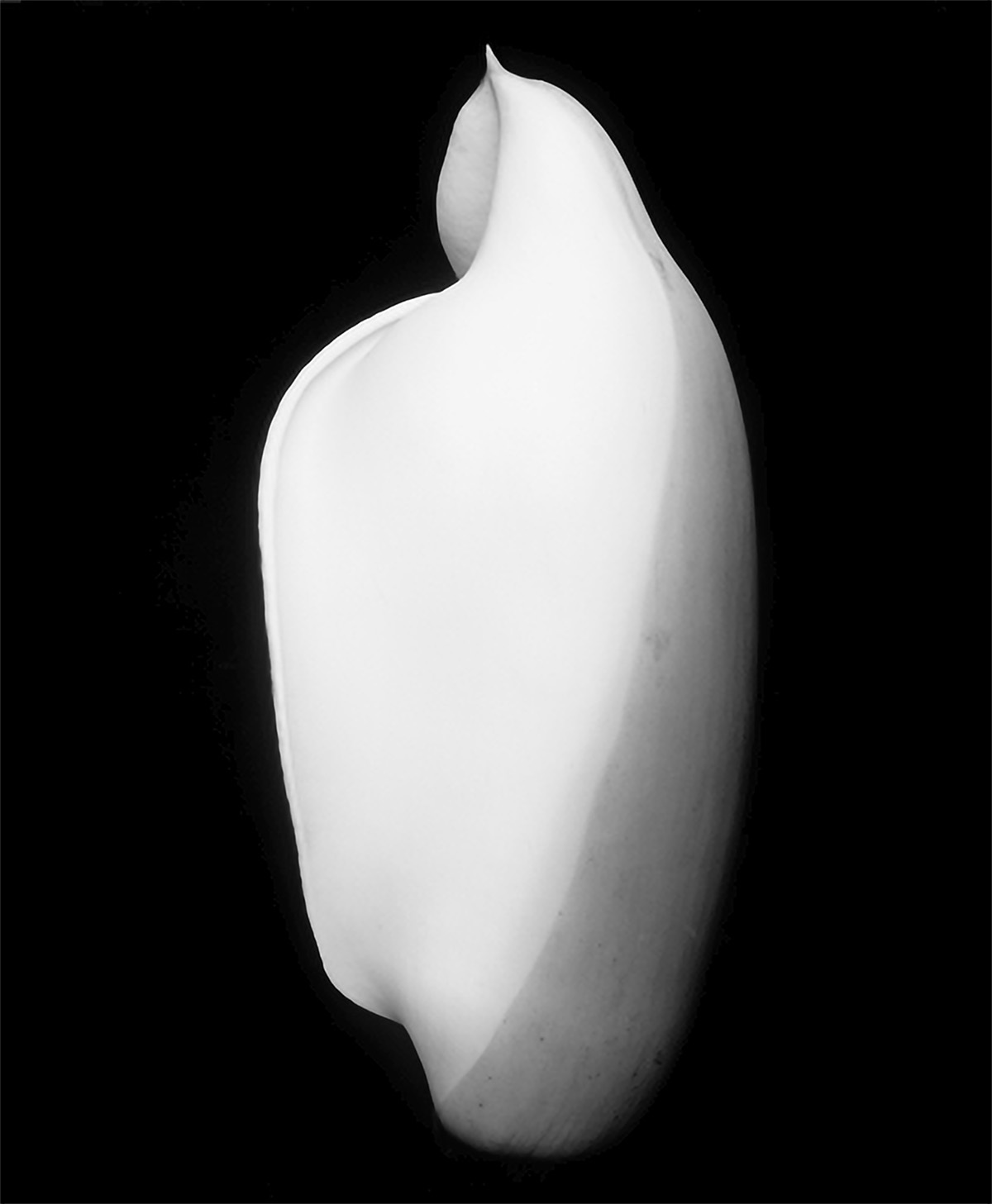
Courtesy of Iran Issa-Khan
Maryam Eisler: Tell me about one of your most memorable and most cherished, social moments.
Iran Issa-Khan: I think meeting Zaha Hadid was one of the best moments of my life. First of all, she came from Iraq and I come from Iran so we connected right away on those terms. It was instant love between us but she had to be tougher than me. She not only wrote a forward in my book but she pushed me in my career and bought my work. She had it in her bedroom in London, and said to me “You and I have a lot in common because we both come from countries that have constant beauty everywhere …in nature, in architecture, in people, in everything!’. So, we had this connection which was deep and strong. I think she did a lot for me and my work. She made me see things in a way that I hadn’t seen before. I would come and sit and we would talk for hours, sharing stories. In Miami, we spent a lot of time together, having fun and laughing, so she relaxed and became herself. I would say that she is one of the few people that has really touched me in a very deep and meaningful way, teaching me all along to be better every day and believe in myself.
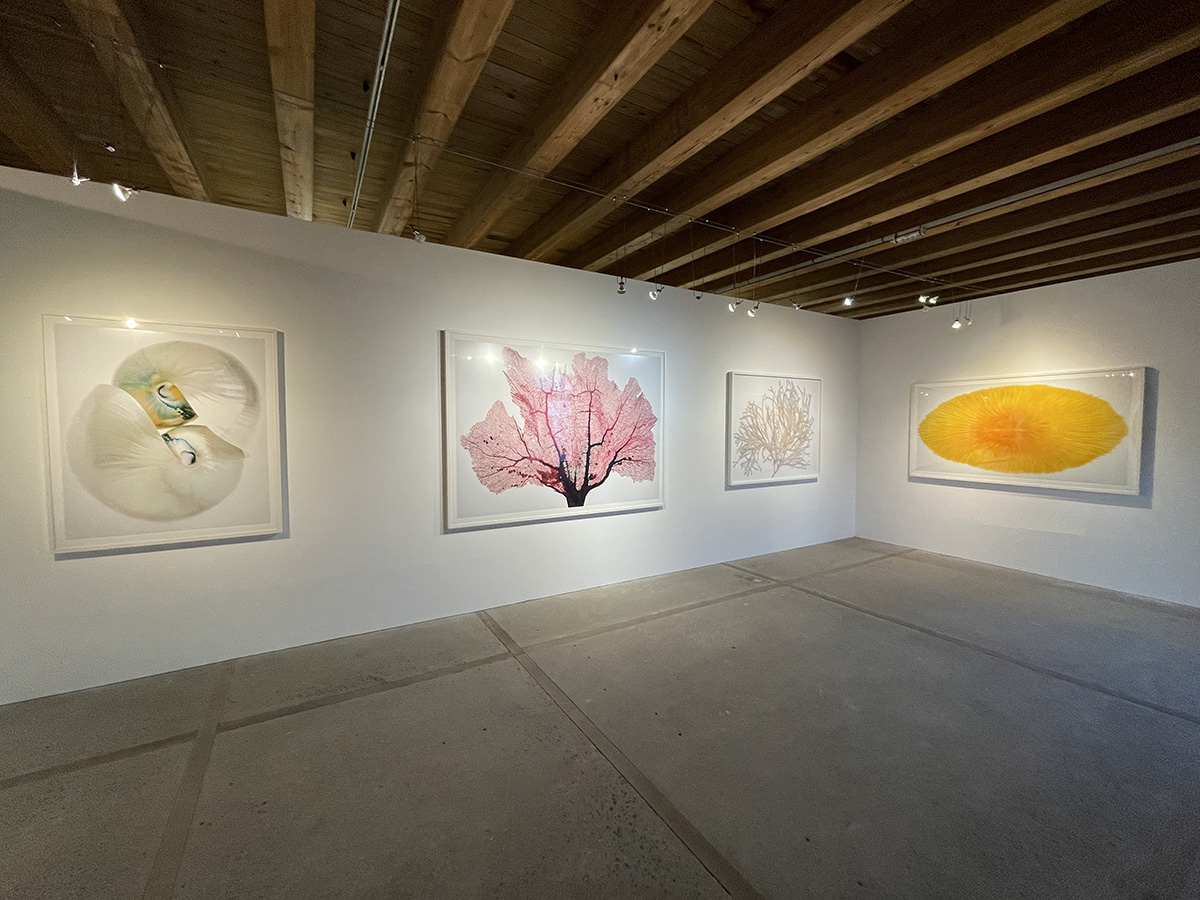
Iran Issa-Khan’s ‘Forces of Nature’ exhibition curated by Natalie Clifford and Space Gallery St Barth currently on display at the Musee de Wall House in St Barth
Maryam Eisler: If you were to give any advice to a young, female photographer, who is just starting in her career, what would you tell her? And I am emphasising ‘her’.
Iran Issa-Khan: Good, because I really believe in helping women get ahead because women have always played second fiddle and it is not fair because they also have to be mothers, wives, best friends. They have empathy, they have love, they have care. But they can also take a picture and make it beautiful. With their art, they can make you cry, they can also make you laugh, that is their power. To bring children into the world and raise them is a lot of work, so they can do anything they set their minds to. I want them to stick to their passion, their career, believe in themselves, go for it and don’t let anything or anyone take you down, and I mean nothing and noone. Be proud to be a creative woman. Own it.
Read more:David Taggart on photographing our cover star Jeff Koons
Maryam Eisler: What makes a good photograph?
Iran Issa-Khan: Something you would never forget. You see it once and that’s it. It is with you always.
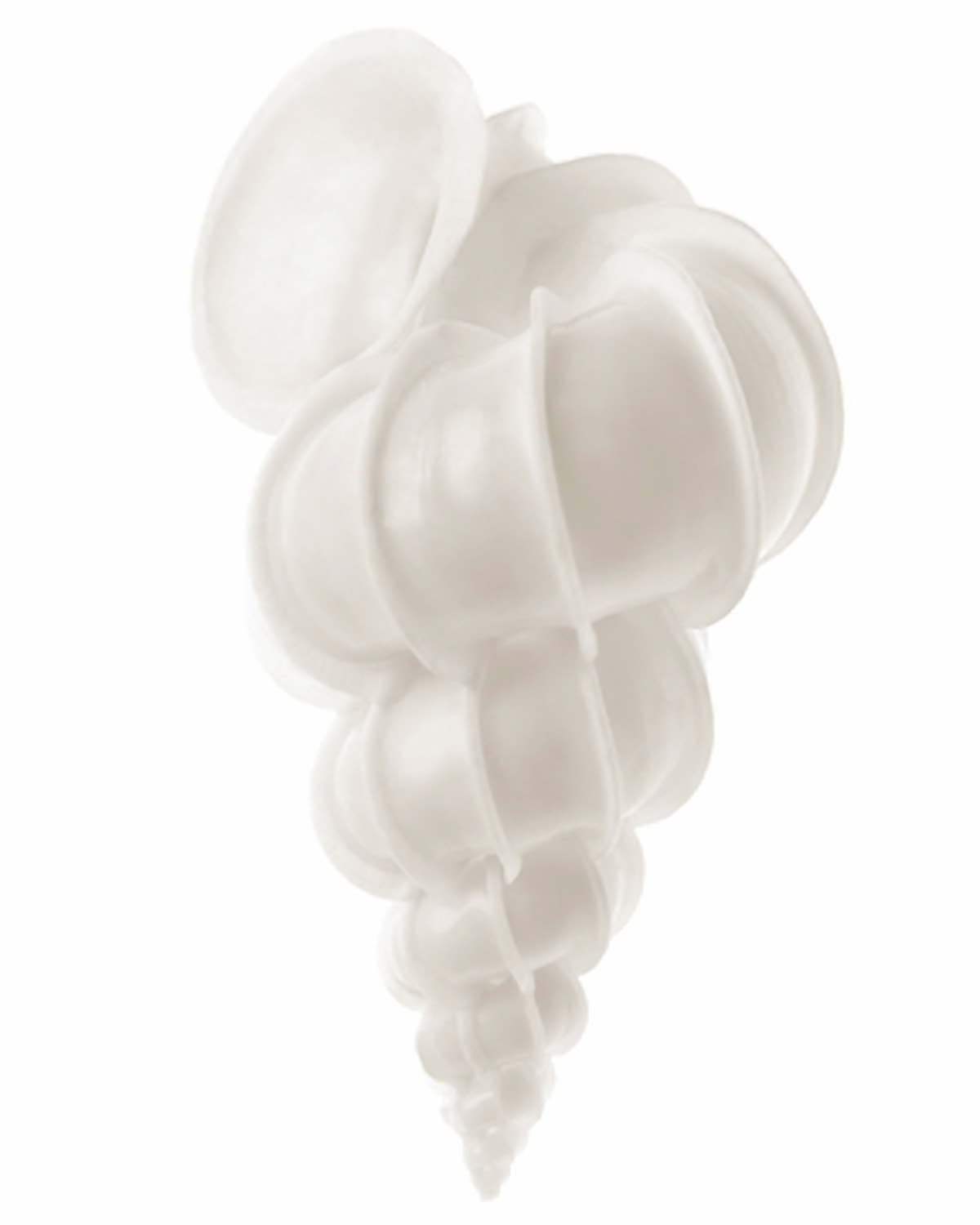
Purity by Iran Issa-Khan. Courtesy of Iran Issa-Khan
Maryam Eisler: I love the fact that you don’t stay shy of embracing the vocabulary of ‘Beauty’. Some would say it’s a taboo word in the art world today!
Iran Issa-Khan: For me, that is the only thing I live by, Beauty. Don’t forget I am going to be eighty years old in February, so I have lived a long, long, life. I live in an apartment in Miami Beach where I have water on both sides, I have boats and I look at the sky early in the morning and the sparkling lights at night. For me, it is all about beauty. Even when it rains, even when we have hurricanes, it is all beauty. It is a very special kind of beauty that only God and nature can give us – and that, rules my life and my work.
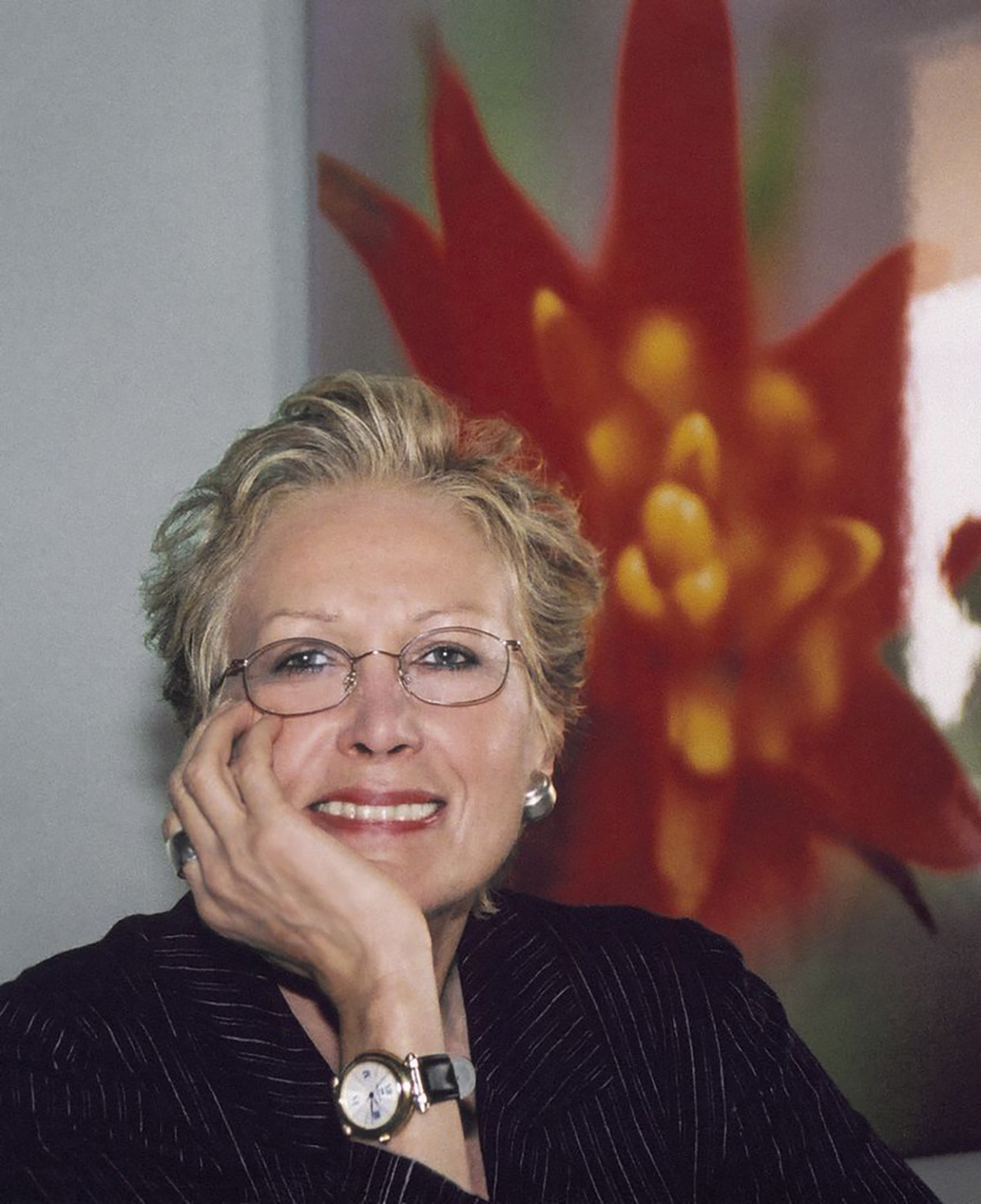 Maryam Eisler: How wonderful that you have so seamlessly managed to connect your work around nature with a place of great natural beauty, St Barts, where you currently have a show of your photographs ‘Forces of Nature’ at the Musee de Wall House.
Maryam Eisler: How wonderful that you have so seamlessly managed to connect your work around nature with a place of great natural beauty, St Barts, where you currently have a show of your photographs ‘Forces of Nature’ at the Musee de Wall House.
Iran Issa-Khan: Not only that but I used to go and spend my birthdays in St Barts every year, with twenty, thirty friends, many years ago and I never realised then how fabulous it was. The museum opens its doors and all the yachts are right there…with people walking all around; It is such a perfect place to show my art.
Iran Issa-Khan’s ‘Forces of Nature’ exhibition curated by Natalie Clifford and Space Gallery St Barth is currently on display at the Musee de Wall House in St Barth until 10th February 2022.
Roland Herlory, CEO of luxury swimwear brand Vilebrequin continues our Luxury Leaders series. He speaks to LUX about Saint Tropez’s 1970s rock’n’roll lifestyle, the influence of social media and working in St. Bart’s

Roland Herlory
LUX: How would you describe the Vilebrequin lifestyle?
Roland Herlory: When you think about Vilebrequin, you think about holidays and fantasy. About having a good time, relaxing, and sharing privileged moments with your loved ones. Vilebrequin wants to make this feeling of “lâcher prise” last all year long. Our style is elegant but casual and fun at the same time.
LUX: In the fast expanding luxury market, is heritage still as significant?
Roland Herlory: Of course it is! We were born in St-Tropez in 1971. At that time it was just a little harbour where many artists and icons gathered. It was a time when carelessness was allowed and freedom was in the air. Brigitte Bardot , Gunter Sachs, Françoise Sagan …They all met and had fun together. It was rock’n’roll at that time and Mick even married Bianca Jagger in St-Tropez in 1971. Now times are different, but Vilebrequin still claims its St-Tropez 1970’s roots! It is very important because no other swimwear brand has this kind of heritage and expertise – apart from probably Eres created in 1969. Most of our clients work throughout the year in dark suits. Its only during their holidays that they allow themselves humour and freedom. Vilebrequin’s expertise is this delicate fine line between elegance and the joy to play. This is part of our heritage and we will keep working around this. The secret about men is that they embody strength when they feel comfortable with their bodies. Only then, they wear green elephants or pink crabs with an ultimate, male allure. For me, this is the St-Tropez spirit of the seventies for which Vilebrequin is still a symbol.
Read next: LUX takes a VIP tour of the Monaco Grand Prix
LUX: What makes a product truly luxurious?
Roland Herlory: Quality is restless. The characteristic of real luxury is to always strive for more. For our golden swimsuits, it was our Italian embroidering company that came up with the idea to work with threads of real gold. Now, there are 15 grams of pure gold embroidered onto these special editions, plus 2 sapphires for the ends of the cords. Half of the 80 pieces that were produced were sold out in a second.
LUX: What are the most challenging issues you face as a CEO of an international business?
Roland Herlory: We always need to evolve. We still have the same ocean vocabulary but we always need to reinvent our classic, with the iconic turtle becoming bubbly or 3D. We don’t follow fashion, instead we are guided by our technological advances. What makes the human hand also allows us to progress stylistically. Today, thanks to ink jet printing, we can reach qualities of unsurpassed delicacy on a fabric, which is nevertheless extremely difficult.
Read next: LVMH’s Jean-Claude Biver on the singleness of real luxury
LUX: How do you balance business with pleasure?
Roland Herlory: I live 10 days each month in St Bart’s, but I’m not at the beach as often as one might expect me to be living in the Caribbean. Having lived in St Bart’s for 15 years, you tend to look at the beach in a different way to tourists. If you’re were on holidays there, you would probably spend the whole day at the beach. But I work there, even if people don’t believe me when they hear ocean waves in the background of a phone call. The rest of the time I live in Geneva and Paris, travelling from subsidiary to subsidiary. I am moving around a lot.
LUX: How has the rise of social media affected or influenced your business decisions?
Roland Herlory: Under the #Poolside365 this year, and #SummerAllYearLong last year, fashion and lifestyle bloggers presented their favourite pools on the Vilebrequin blog and social networks. The whole digital Mise en Scène is a trend that is represented by these bloggers. Tradition stays alive if you inject modernity. It’s a skill I’m well accomplished in, having been at Hermès for 23 years. Tradition can become a part of the past very fast. We need these bloggers to add part of the modernity.
Read next: Bringing back the sounds of the seventies
LUX: You’re a pioneer facing increasing competition, how do you deal with that?
Roland Herlory: You have to keep on fighting to maintain the level or to improve something. For example, quick dry was a big challenge during the last two years. The new collection dries three times quicker – I don’t know if I should even be telling you this yet – but my dream is to make completely water-resistant swim shorts. We are working on it, with nano-technology . But I don’t want the competitors to know more. Fabrics that dry fast are easy to be found, but they are thin and technical. When you leave water in such a fabric it sticks to your legs. Bad for selfies…Our material is- thanks to an elaborate fabrication process and incredible expertise – the ultimate elegance. Wet or dry , the swim shorts keep their look. But still the easiest solution for the problem is a second pair of shorts: one for the water, one for the beach.

Vilebrequin menswear
LUX: What are the most important developments for Vilebrequin this year?
Roland Herlory: Vilebrequin was created 45 years ago so for us, this is an age of maturity. We will open more shops in Asia and Australia. We have been developing accessories, including shoes and soon sunglasses. We grow at our own rhythm, step by step. We will continue creating more products.
LUX: How do you relax?
Roland Herlory: The best way to relax is yoga. Otherwise, when I am home in St Bart’s, on a beach at sunset.
vilebrequin.com
Recent Posts
Archives
- December 2025
- November 2025
- October 2025
- September 2025
- August 2025
- July 2025
- June 2025
- May 2025
- April 2025
- March 2025
- February 2025
- January 2025
- December 2024
- November 2024
- October 2024
- September 2024
- August 2024
- July 2024
- June 2024
- May 2024
- April 2024
- March 2024
- February 2024
- January 2024
- December 2023
- November 2023
- October 2023
- September 2023
- August 2023
- July 2023
- June 2023
- May 2023
- April 2023
- March 2023
- February 2023
- January 2023
- December 2022
- November 2022
- October 2022
- September 2022
- August 2022
- July 2022
- June 2022
- May 2022
- April 2022
- March 2022
- February 2022
- January 2022
- December 2021
- November 2021
- October 2021
- September 2021
- August 2021
- July 2021
- June 2021
- May 2021
- April 2021
- March 2021
- February 2021
- January 2021
- December 2020
- November 2020
- October 2020
- September 2020
- August 2020
- July 2020
- June 2020
- May 2020
- April 2020
- March 2020
- February 2020
- January 2020
- December 2019
- November 2019
- October 2019
- September 2019
- August 2019
- July 2019
- June 2019
- May 2019
- April 2019
- March 2019
- February 2019
- January 2019
- December 2018
- November 2018
- October 2018
- September 2018
- August 2018
- July 2018
- June 2018
- May 2018
- April 2018
- March 2018
- February 2018
- January 2018
- December 2017
- November 2017
- October 2017
- September 2017
- August 2017
- July 2017
- June 2017
- May 2017
- April 2017
- March 2017
- February 2017
- January 2017
- December 2016
- November 2016
- October 2016
- September 2016
- August 2016
- July 2016
- June 2016
- May 2016
- April 2016
- March 2016
- February 2016
- November 2015
- September 2015
- June 2015
- May 2015
- March 2015
- September 2014
- August 2014
- July 2014
- May 2014
- April 2014
- March 2014
- February 2014
- January 2014
- December 2013
- November 2013
- October 2013
- September 2013
- August 2013
- July 2013
- June 2013
- April 2013
- March 2013
- February 2013
- September 2012
- July 2012
- June 2012
- March 2012
- February 2012
Categories
- Adventure Travel Issue
- Aesthete Issue
- Architecture
- Art & Design
- Art & Photography
- Art collectors
- Autumn 19
- Autumn/Winter 2020/2021
- Autumn/Winter Issue
- Bespoke Issue
- Business
- Cars
- Cars & Collectibles
- Case Study
- Celebrities
- Culture
- Culture Issue
- Design Issue
- Dining Issue
- Earth Issue
- Family Issue
- Fashion & Jewellery
- Features
- Food
- Future Luxury Issue
- Health
- Hedonism Issue
- Image Issue
- Italy Issue
- Latest Stories
- Leaders & Philanthropists
- Leaders Slider
- Love Issue
- Luxury Travel Issue
- New Luxury Issue
- Online Exclusive Slider
- Opinion
- Spring 2020
- Summer 19 Issue
- Summer 2020
- Summer 2021
- Sustainability
- Taste Issue
- The Beauty Issue
- Travel
- Uncategorized
- Water Issue
- Winter 19 Issue
Popular Posts
Categories
- Adventure Travel Issue
- Aesthete Issue
- Architecture
- Art & Design
- Art & Photography
- Art collectors
- Autumn 19
- Autumn/Winter 2020/2021
- Autumn/Winter Issue
- Bespoke Issue
- Business
- Cars
- Cars & Collectibles
- Case Study
- Celebrities
- Culture
- Culture Issue
- Design Issue
- Dining Issue
- Earth Issue
- Family Issue
- Fashion & Jewellery
- Features
- Food
- Future Luxury Issue
- Health
- Hedonism Issue
- Image Issue
- Italy Issue
- Latest Stories
- Leaders & Philanthropists
- Leaders Slider
- Love Issue
- Luxury Travel Issue
- New Luxury Issue
- Online Exclusive Slider
- Opinion
- Spring 2020
- Summer 19 Issue
- Summer 2020
- Summer 2021
- Sustainability
- Taste Issue
- The Beauty Issue
- Travel
- Uncategorized
- Water Issue
- Winter 19 Issue



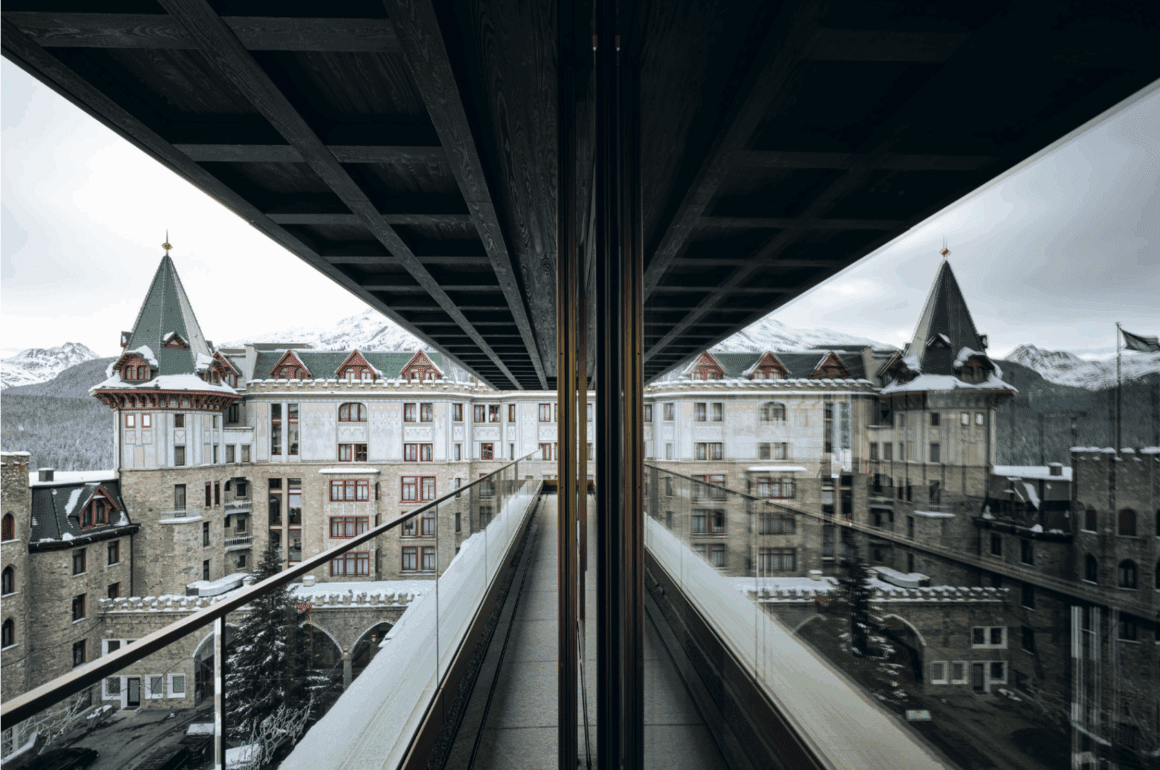
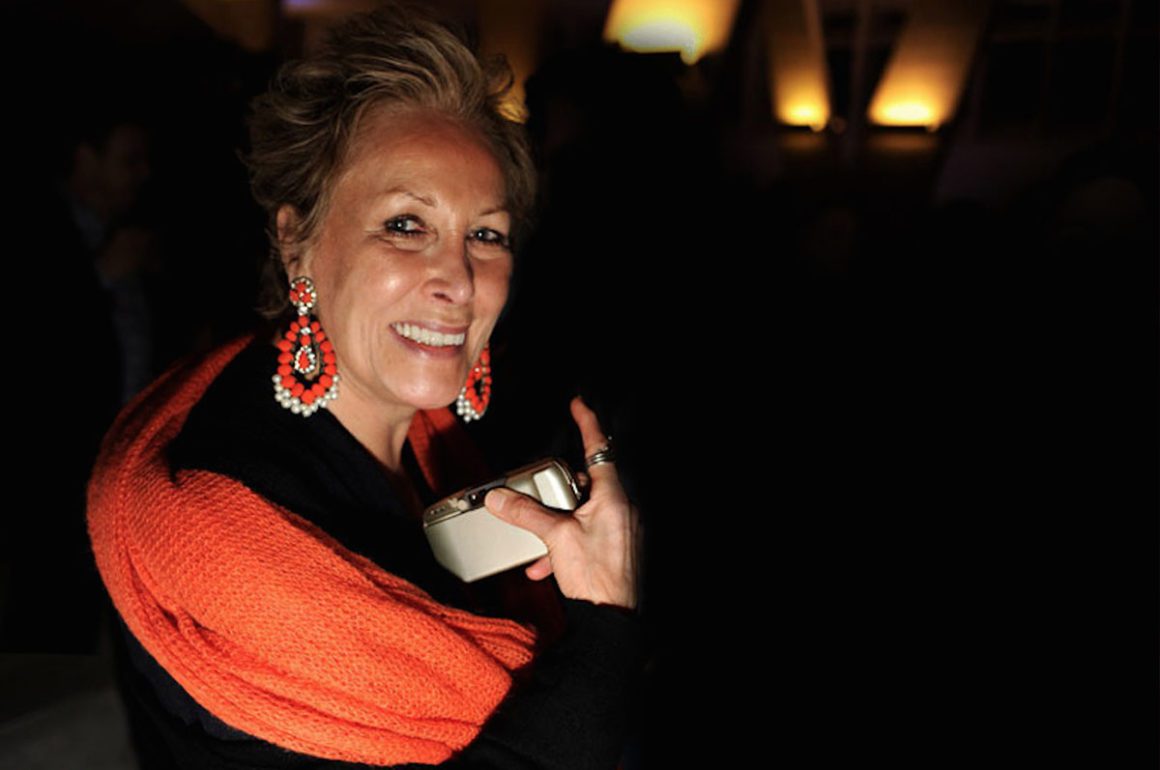
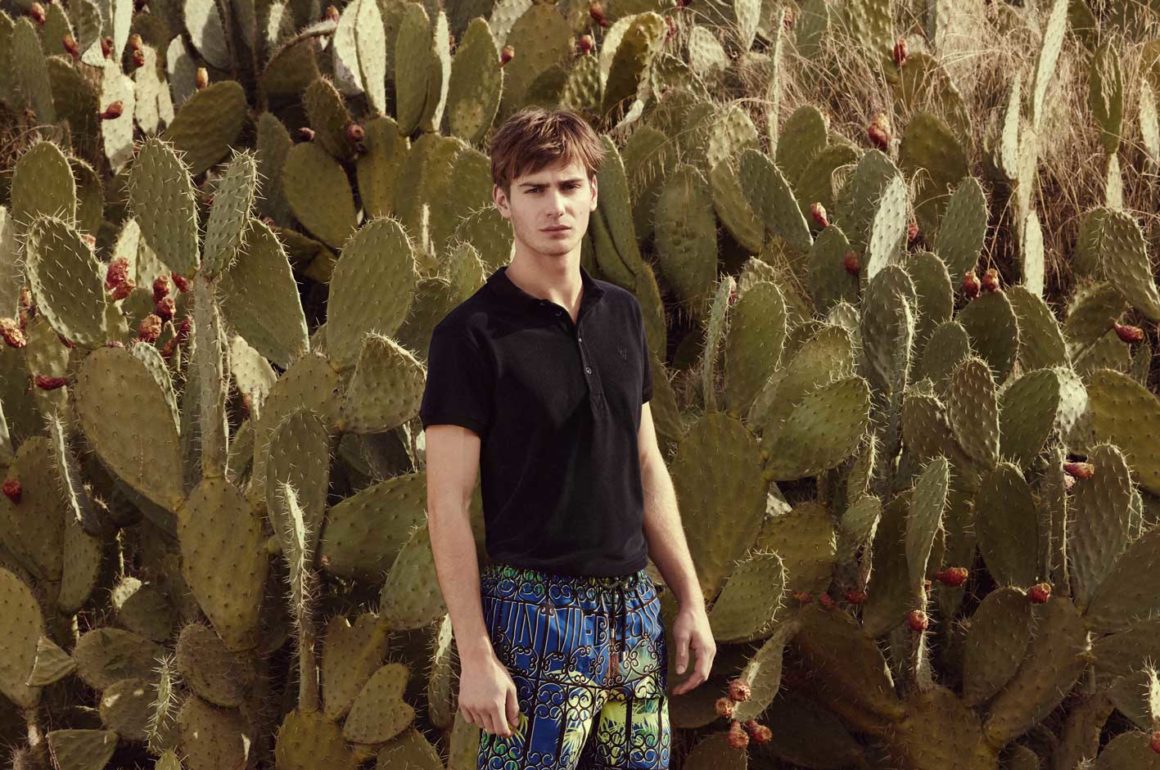


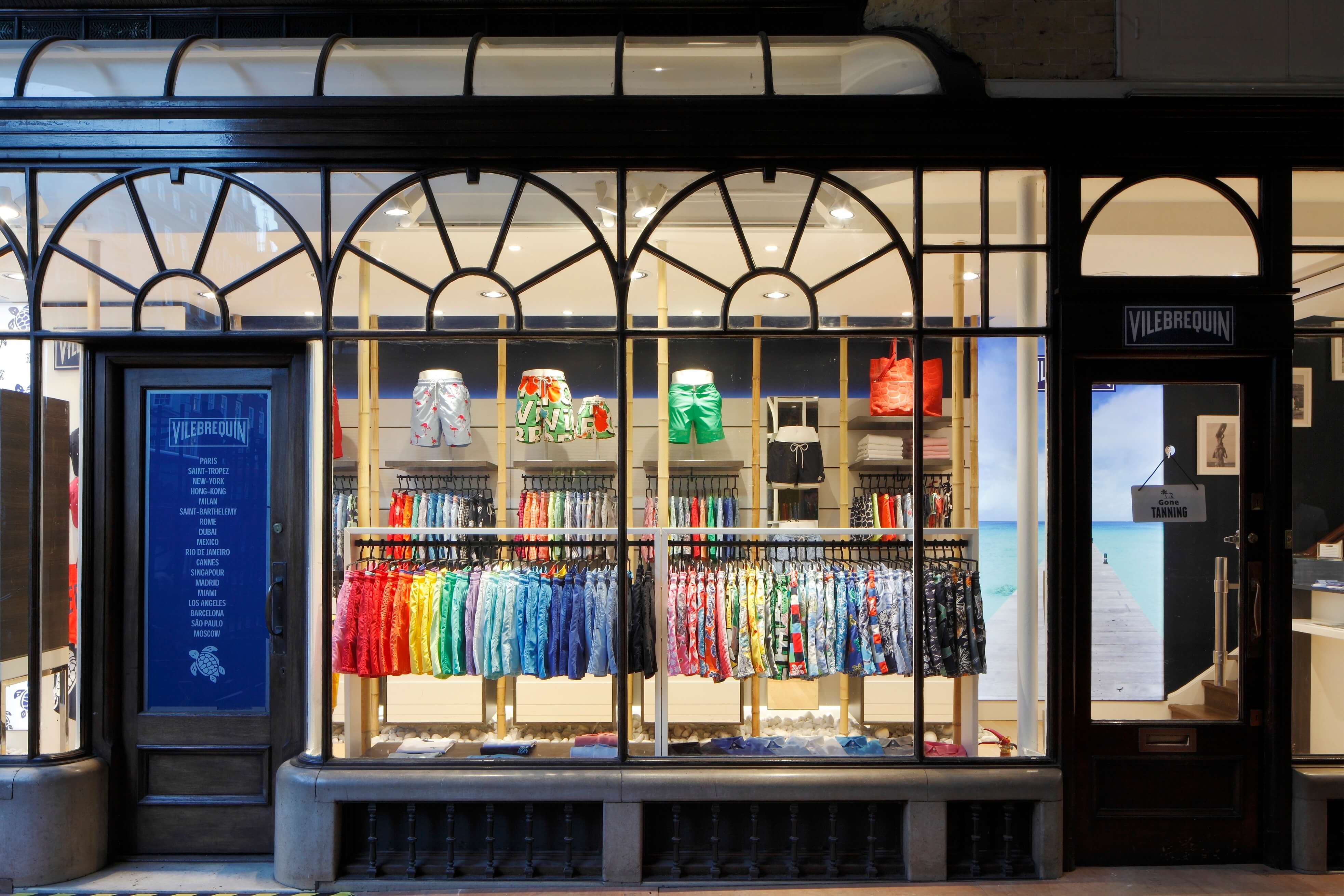



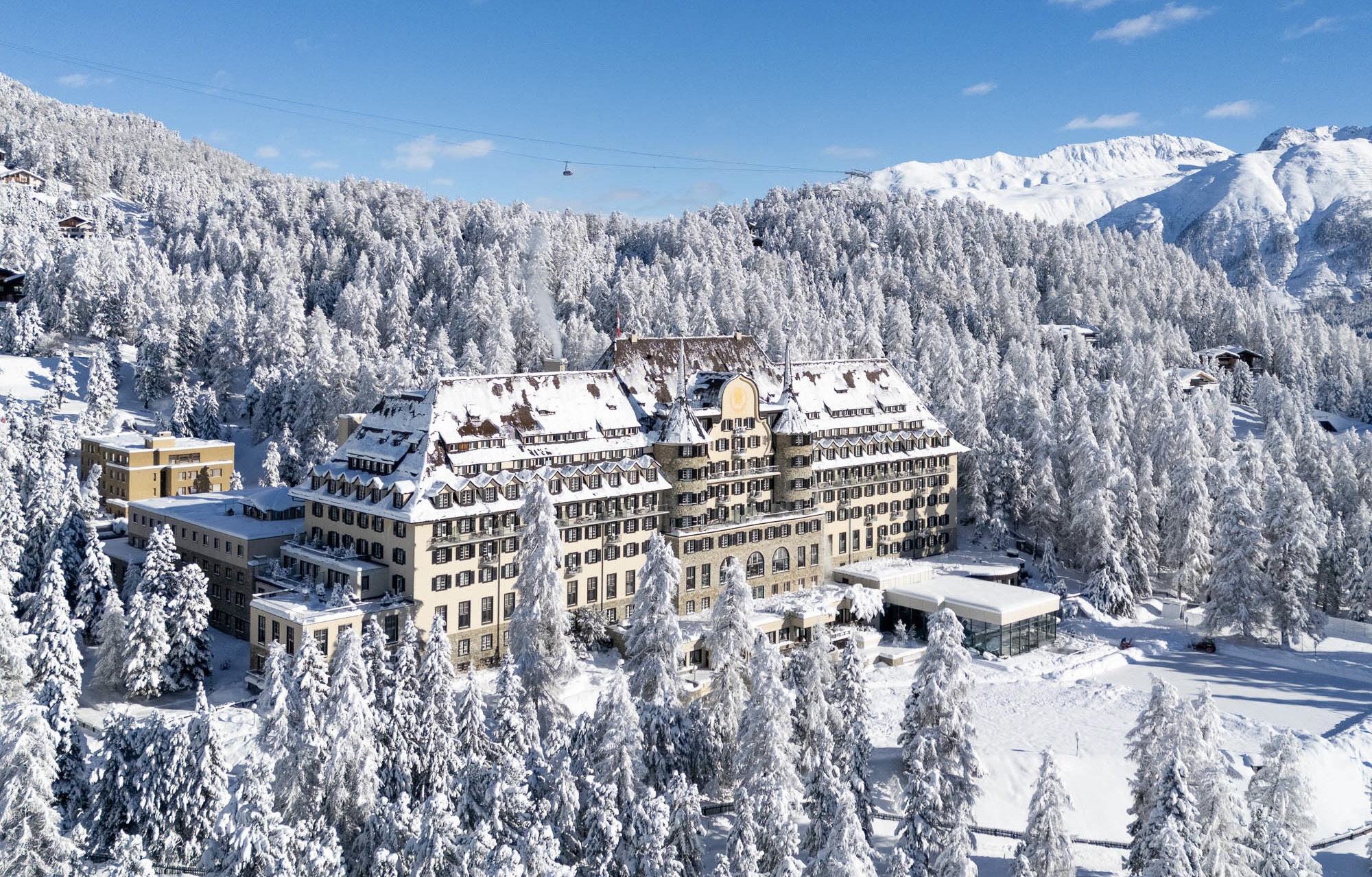

Recent Comments